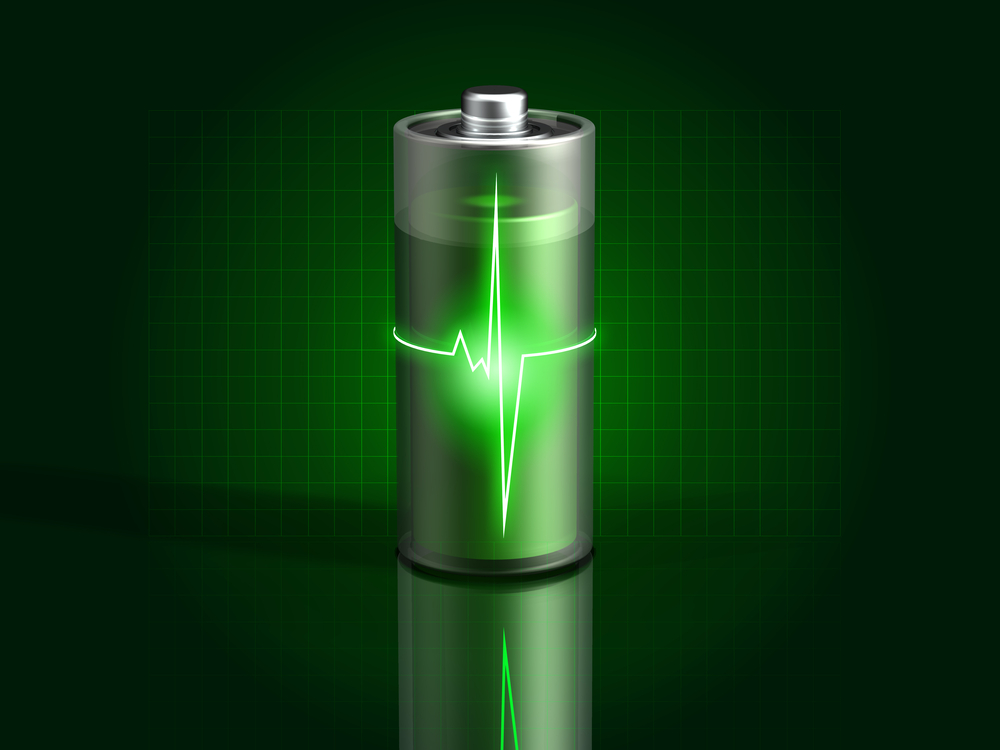BLOG
The Lithium-Ion Battery Has Been Powering Your Devices For Over A Decade
Wednesday January 28, 2015

The biggest demand within consumer electronics is the request for a longer lasting battery. Industry leaders have poured millions of research dollars into developing a better battery life to meet our demands. However, nothing seems to beat the same lithium-ion battery that has been used for over two decades.
This may seem counter-intuitive, especially when we hear Apple’s marketing chief, Phil Schiller, unveil a new model of the iPhone or MacBook Proclaiming longer lasting power. We may have even experienced our own latest devices last longer between charges. So how can it be possible that it has been the same battery all along?
The real reason behind longer lasting power isn't a change in the battery, but a change in the device’s mechanics. Apple and Samsung have figured out that with improved drives and upgraded software they can conserve the device’s energy use. Improved drives allow chips to shrink down in size. The smaller they become, the less energy they consume. In addition, software updates strategically reduce the energy put toward inactive running programs. For instance, if you overlay a window on top of a video playing on YouTube the sound will continue but the video will stop updating. Naturally, the more energy the device can save, the longer it will stay powered.
The reason, which batteries themselves haven't seen advancement, is because battery tech is materials science based; that is to say it is chemistry centered. Batteries rely on the periodic table which limits their possibilities. Digital technology, on the other hand, is more innovation oriented and relies on new processes, chip architecture, firmware and software that allow for improvements.
The last advancement in battery technology was in 1979 by John Goodenough; he switched from relying on nickel to relying on lithium. The majority of consumer electronics batteries have been lithium-ion based batteries ever since! It’s amazing how much more capacity is offered with the same lithium-ion chemistry and size since 1979, and lithium-ion battery manufacturers are improving the capacity of their batteries every year.
Although the lithium-ion battery has stood the test of time, companies are still on the hunt to find the next battery breakthrough. The giant computer hardware company, IBM, has invested heavily in a new battery theory known as the Lithium-Air battery.
The Lithium- Air battery would replace using carbon and other metals with a container filled with air that interacts with a piece of lithium to produce electricity. If possible, it could potentially reduce the weight of a battery by 50%.
But there is a catch: to keep the energy consistent and enable recharging, pure air is needed. Contrary to pure air, the air we breathe is filled with pollutants and water. "You would need machinery to clean the air," says Winfried Wilcke, a researcher leading IBM's battery efforts, which would add size, weight, and complexity.
Others, including researchers at the Massachusetts Institute of Technology and the University of Texas, are considering materials such as silicon, sulfur, and sodium. However, many R&D efforts are targeting these designs for cars first. It will likely be years before such tech powers consumer electronics.
It may be years before a different battery makeup is discovered. Until then, the lithium-ion battery still remains supreme.
0 Comments :
Contact Form
Latest Posts
- Mar 2020
- Get to Know PTI’s Custom Product Development Process Jan 2019
- A Successful 2018 at PTI Dec 2018
- A Spotlight on October’s Manufacturing Celebrations Oct 2018
- Rising Trends in the Medical Devices Industry Sep 2018

